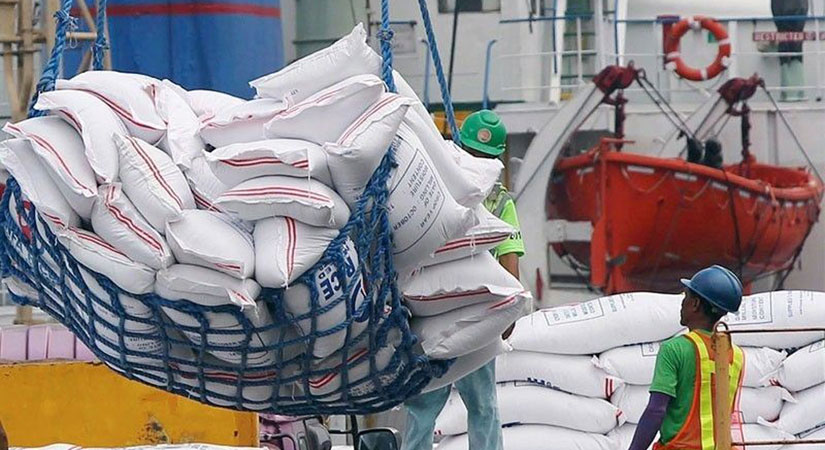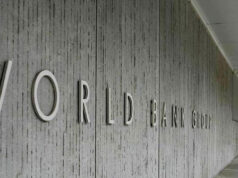
RICE IMPORTS in 2024 amounted to 4.8 million metric tons (MMT), generating tariffs of P34.23 billion, up 12.57%, the Department of Agriculture said.
Agriculture spokesman Arnel V. de Mesa told BusinessWorld that tariff collections were strong in the first quarter of 2024, hitting P11.66 billion, up 53.23%.
Subsequent quarterly collections were P11.85 billion in the second quarter of 2024, P4.18 billion in the third quarter of 2024, and P6.52 billion in the fourth quarter of 2024.
Collections weakened year on year in the latter half of 2024, with an 80.93% decline posted in the third quarter and a 33.50% fall in the fourth quarter.
Import volumes were tracking lower in the first quarter of 2025, for which data were available only until March 13. Imports to that date totaled 641,000 MT, well behind the year-earlier pace, when first quarter import volumes totaled nearly 1.2 MMT.
Raul Q. Montemayor, national manager of Federation of Free Farmers, said he doubted whether tariff collections this year will raise the P30 billion required by law to support the Rice Competitiveness Enhancement Fund (RCEF), due to the decline in rice imports.
“As of April 2025, total imports amounted to 1.5 MMT, and tariff collections were only P6.2 billion,” he said via Viber.
The Bureau of Plant Industry reported that rice imports as of May 22 totaled 1.7 MMT. The year-earlier total for the first five months had been 2.15 MMT.
Mr. De Mesa, speaking at a briefing on Wednesday, said the government expects favorable weather conditions this year, reducing demand for imports.
RCEF is a component of the Rice Tariffication Law of 2019. The initial P10 billion worth of annual funding to modernize the rice industry was increased to P30 billion by an amendment in 2024.
“We were informed today that when the amendment was enacted in December 2024, all excess tariff collections in 2023 and 2024 that were unused reverted to the national treasury,” Mr. Montemayor said, citing communications with government officials.
“A new special account will be set up from scratch for tariff collections starting 2025.”
He noted that for 2025, only P10 billion was so far appropriated by Congress for the RCEF, with the balance of P20 billion to be sourced from unprogrammed funds.
Samahang Industriya ng Agrikultura Executive Director Jayson H. Cainglet said rice import duties in 2024 could have totaled P50 billion if the rice import tariff had not been reduced to 15% in July 2024.
The government lowered tariffs on rice imports from 35% originally and applied the new rate to grain from any source market. The original 35% rate had applied to rice from Southeast Asia. The 15% rate is subject to review every four months.
“Rice farmers urgently need cash because of declining palay farmgate prices this harvest, which were as low as P11-15 per kilo,” Mr. Cainglet said.
“Farmers have already started their preparations for the next planting season.”
Of the P30-billion allocation for RCEF, P6 billion is earmarked for rice seed, P9 billion for farm mechanization, and P15 billion for extension and training programs, financial assistance, credit, soil improvement, solar-powered irrigation systems, and water impounding projects. — Kyle Aristophere T. Atienza



